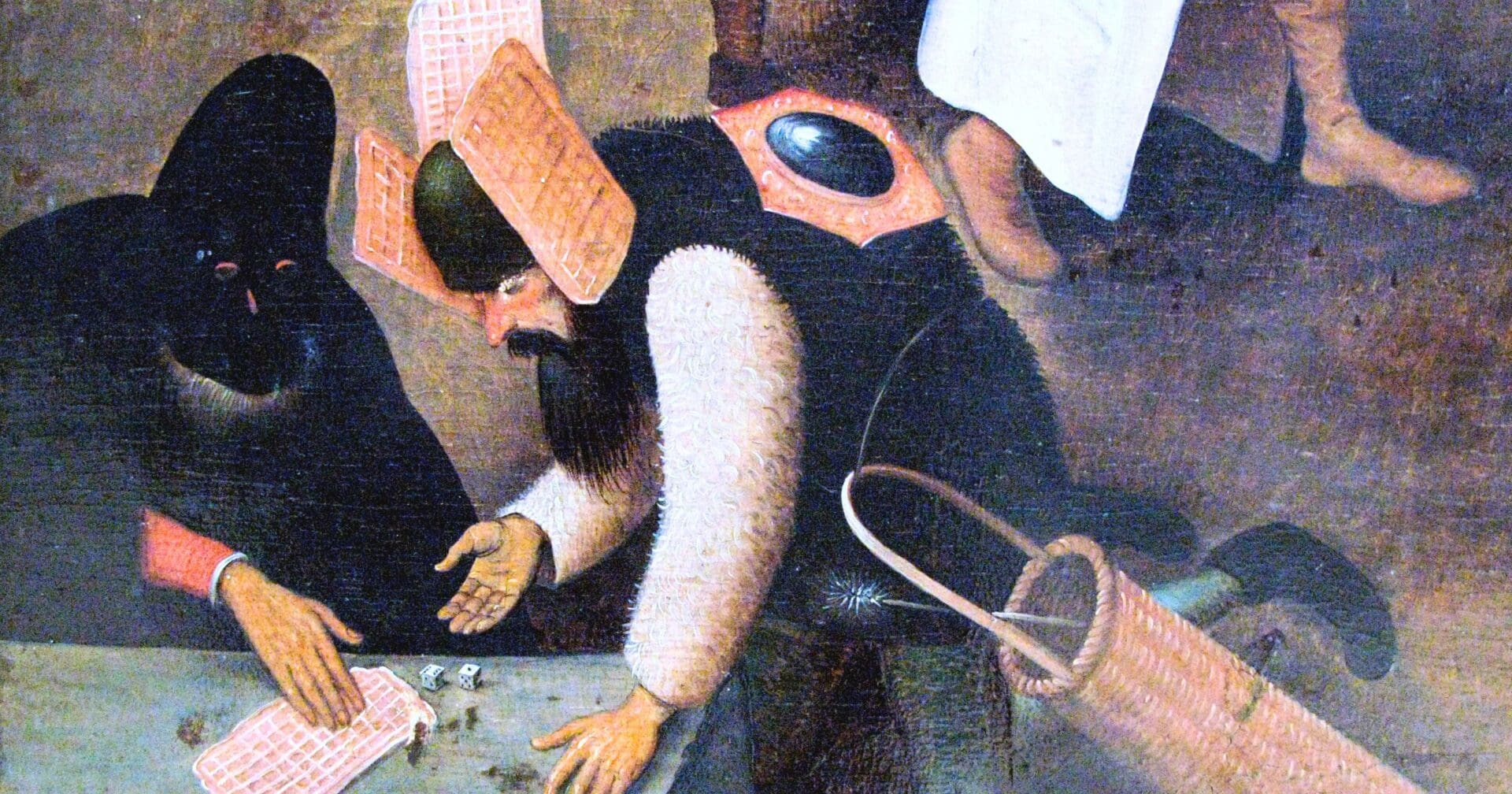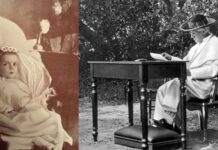During the 9th-10th century in Medieval Europe, the fer à hosties, communion wafer iron, and moule à oublies, wafer irons, emerged. These irons were reminiscent of ancient Greek cooked flat cakes called obelios.
Over an open fire, a cake mix of flour, water or milk, and often eggs was cooked between the two iron plates of the hosties and oublies irons – the product of both becoming known as wafers. The former had iron plates depicting imagery of Christ & His Crucifixion, while the latter depicted more diverse Biblical imagery with a considerably larger size.
The Crusaders bringing back with them new culinary ingredients to Western was a boon to the popularity of the wafers. Over time, cooks gradually added spices, flavorings, leavening while at the same time increasing the size and thickness of the oublies. The hosties were kept true to the Communion wafer form.
The oublies become so popular that in 1270 A.D. the oublieurs guild was formed with the express charism of producing Communion wafers and the widely popular proto-waffle, along with along other light pastries popular to the day.
The first recipe for waffles propers, however, is seen in The Parisian Household Book written in 1393 A.D. Written in the fictional voice of an elder husband addressing a younger wife, she is instructed to:
“Beat some eggs in a bowl, season with salt and add wine. Toss in some flour, and mix. Then fill, little by little, two irons at a time with as much of the paste as a slice of cheese is large. Then close the iron and cook both sides. If the dough does not detach easily from the iron, coat it first with a piece of cloth that has been soaked in oil or grease.”
So while it sounds strange, it’s true: crusaders helped invent waffles, which are technically just giant Communion wafers.
Photo credit: Rama via Wikimedia Commons

















